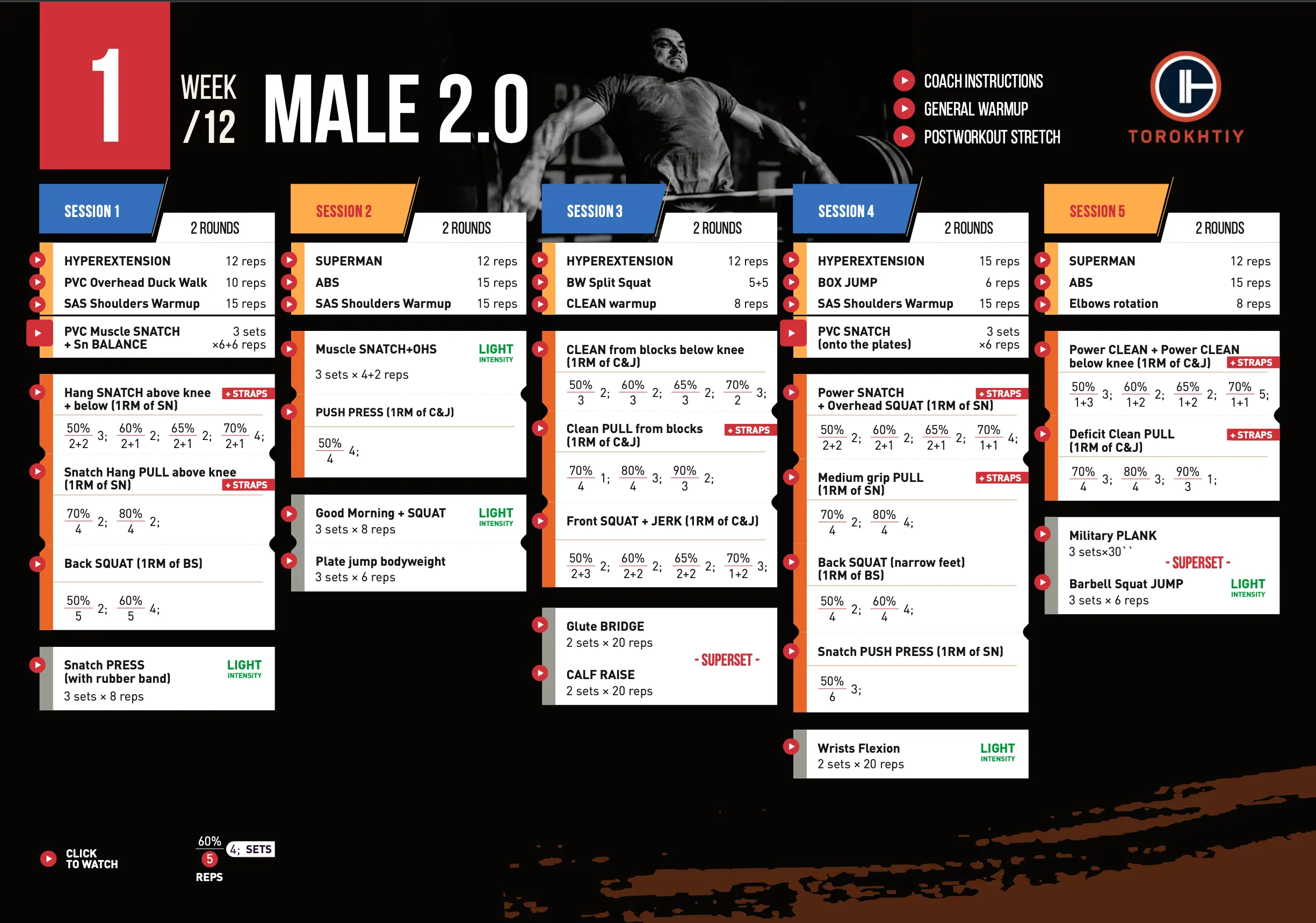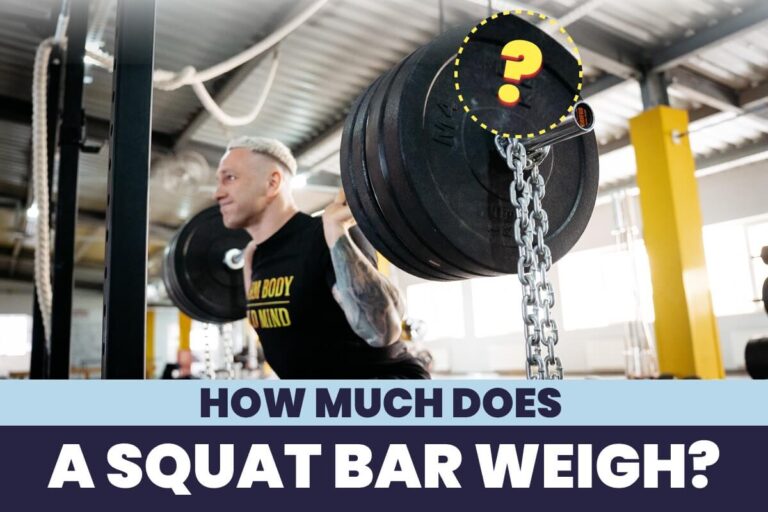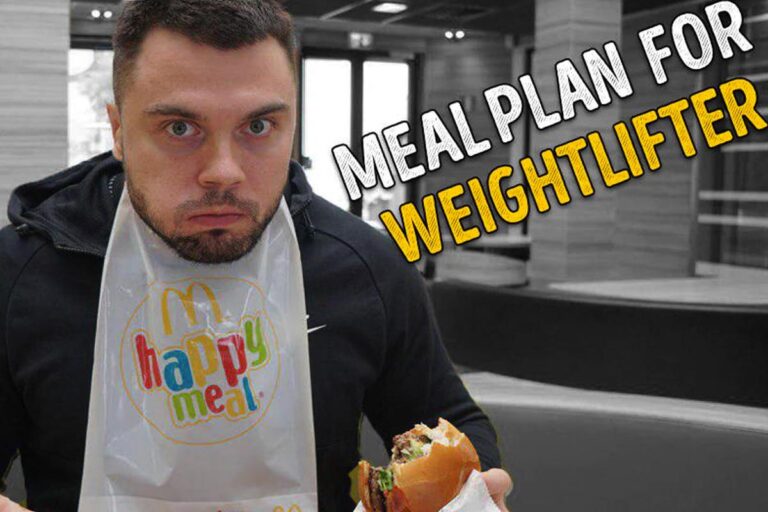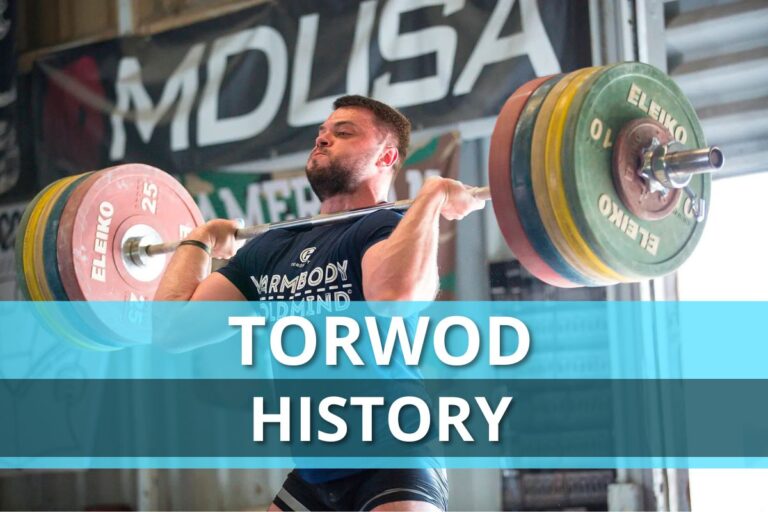10 Steps Creating Your Own Training Program
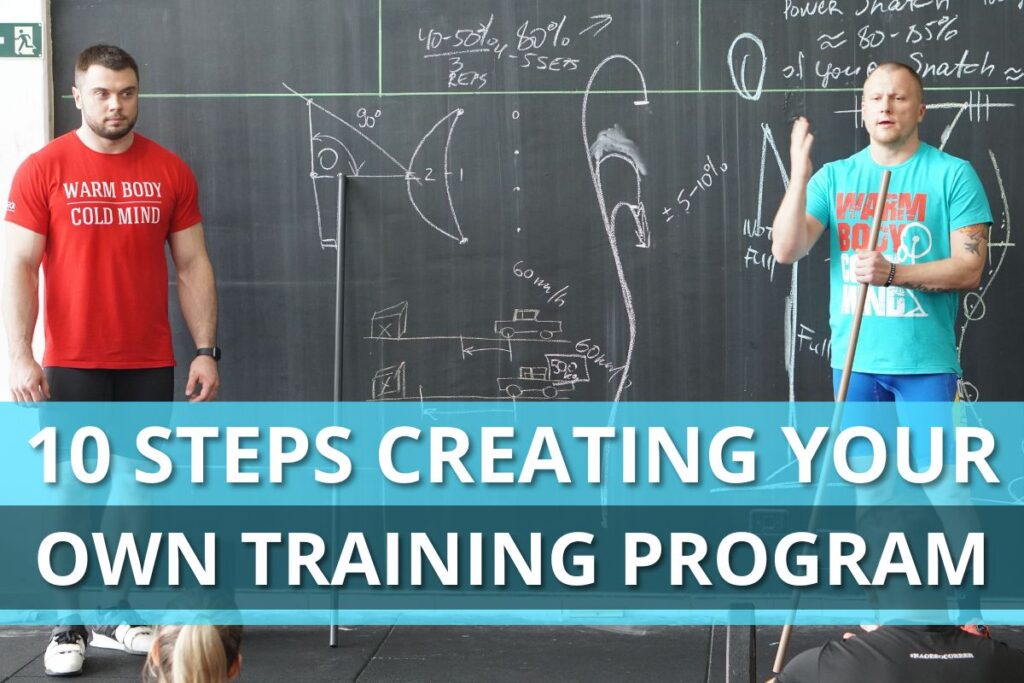
One of the most essential things at my seminars is to build communication with athletes. In this case, I always leave some time at the end of the second day so we could talk in a relaxed and friendly environment. To be honest, it does not turn out to be something good every time. Countries, cultures or groups may vary. Sometimes we can easily spend 1,5 hours with a lot of nonstop questions, and sometimes 25 guys are just sitting in front of me silently and I have nothing left to do except trying to make them talk with some funny stories, some useful advice and so on. Nevertheless, I am completely ok with this, I totally understand that they were lifting for 8 hours 2 days in a row.
But there is one most common question I would like to answer: what is the algorithm of creating a training program? Here I will guide you through 10 steps that I believe are very important and now I will explain why.
1. Think
Smart people differ from everyone else due to their ability to think. Training loads are selected according to goals and objectives. Also, they should be differentiated according to who this particular athlete is, the whole team profile, the stage of the training process, specific weaknesses that should be surpassed and the amount of time available. The coach is the one who gets the results achieved. And for this, he requires the ability to think, to see and to find out the answers for the questions.
2. Create
Whenever we perform theoretical sessions devoted to planning training loads, I see coaches that look confused and completely lost in all these tables and numbers. I always encourage them by saying that these numbers are necessary for creating a training program, but things will get pretty easier once you take a pen and paper and simply write them down to plan a single training or a weekly/monthly training plan. That’s another thing that should be practiced. Many young athletes and coaches are afraid to take responsibility for training other people because it seems to them that they lack knowledge. That’s quite normal, and that’s why studying is necessary. If you feel unsure writing a program for someone else begin with the program for yourself. That’s exactly what I did.
3. Calculate
I am convinced that every coach must calculate the training load. Taking into consideration the levels of both coach and athlete and the preparatory period these calculations can be more or less detailed, but it should be a fair and objective assessment. It is not acceptable for any real coach to train without exact calculations, using approximate numbers, for when the athlete will be standing on the competition platform there will be no place for approximate results. Calculation of total workload volume of exercise groups and intensity zones, absolute and relative intensity – that’s the essential minimum.
4. Analyze
Exact numbers from a single training, a training week, or a month will give the possibility to understand the real workload both in basic and accessory exercises, its oscillation during the defined period.
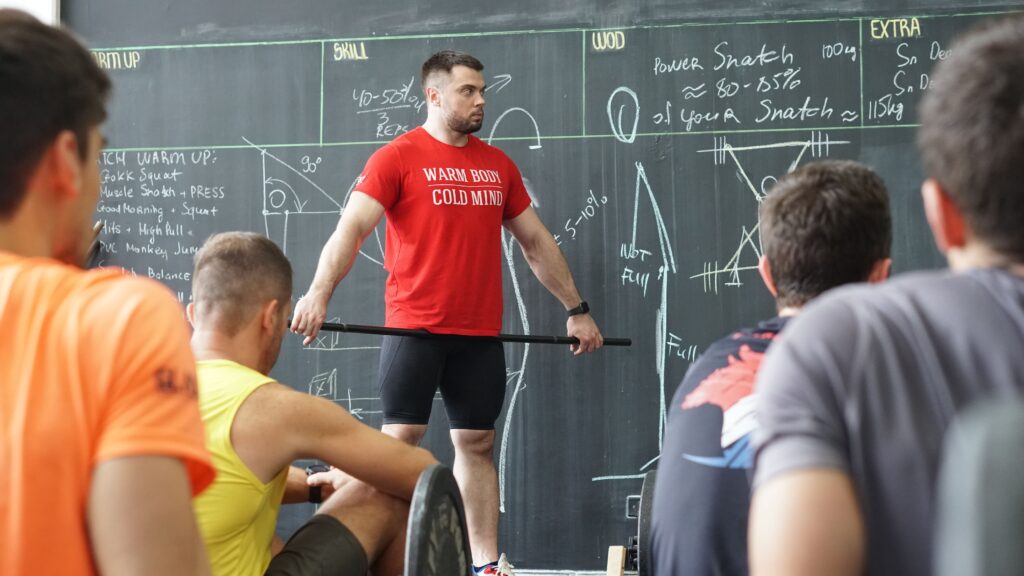
5. Adjust
Subsequently, these numbers can be compared to the previous stage or to the same stage of the previous preparatory period, on the basis some changes could be brought into the training plan to increase the results. The story from my own experience: I realized that the following week I had to focus on squats, so I wrote the program, but once I calculated everything it became clear that squat exercises exceed snatch and jerk exercises by total volume. That makes this training aimed more at powerlifters than weightlifters, and that’s why some sets or even whole exercises should be removed to make it suitable. Always remember: it’s better to be undertrained than overtrained.
6. Apply
Sure, the training program is created by the coach for the athlete to follow and train accordingly. That’s exactly what should be done.
7. Recalculate
I had my training diary from the very beginning. My coach taught me the titles of exercises and how to write down sets and reps properly. At the end of Saturday’s training we had to give him a report about everything we had done during the week, there was a special table that we were drawing right in our diaries. Thus our coach got exact numbers for comparison and analysis of every athlete’s work. I believe that this is a very important thing for every young athlete to do, it will help you to become skillful in coaching.
8. Conclude
One of my coaches said: «A plan is NOT a dogma, it is a blueprint for action». A wise and experienced coach is always very attentive to even minor details during the training process. There will always be subtleties: e.g. athletes want to make an extra set; he asks for some additional weight; he is on the blue or worried; weights on the bar come easy or vice versa due to lack of weightlifting spirit, etc. All of the above makes the coach do smaller or greater changes to the program towards increment or decline. It is very important to make conclusions and then to figure out how to proceed further. In the national team the head coach used to work personally with every athlete, we called this «debriefing».
9. Adapt
Comparing work that was planned to the one that had already been fulfilled gives the coach a possibility to properly adapt the next stage of the program, add necessary exercises, change the workload and to make the athlete mental attitude.
🔻12-Week Olympic Weightlifting Program by Oleksiy Torokhtiy
Transform your strength and technique with our 12-week Olympic Lifting Program, made up of 5 sessions per week.
It is designed by Olympic Champion for athletes who are looking to set new personal records safely in Snatch or Clean & Jerk.
Program details:
- 12 weeks + 2 bonus weeks
- 45-120 minutes per session
- 50+ specific exercises/98 video instructions
- Primary focus on Olympics Lifts
- Full access to all training content
- Weekly video coach instructions
Start now and boost your weightlifting results!
10. Move forward
This is the way a training program is created, step by step, for an individual athlete or the whole team. I know that some coaches use templates where they can change separate blocks when necessary. At the same time, some coaches start from scratch every week because the physical and psychological condition of the athlete is a dynamic value and out of date plans will not work.
As we can see there are different approaches and solutions. It is important to remember that coaching work material is people, and most often very young ones. That’s why a conscious and thoughtful attitude to programming is an ideology of every professional coach.
Train together – train right!
You might be interested in:
Why Trust Us?
With over 20 years in Olympic Weightlifting, our team does its best to provide the audience with ultimate support and meet the needs and requirements of advanced athletes and professional lifters, as well as people who strive to open new opportunities and develop their physical capabilities with us.
By trusting the recommendations of our certified experts in coaching, nutrition, dietology, and sports training programming, as well as scientific consultants, and physiotherapists, we provide you with thorough, well-considered, and scientifically proven content. All the information given in the articles concerning workout programming, separate exercises, and athletic performance, in general, is based on verified data. We ensure that you can rely on our professionals’ pieces of advice and recommendations that can be treated as personalized ones which will benefit you and fully meet your needs.
The product testing process is described in more detail here
Author: Sergii Putsov
Head of Sport Science, PhD
Best Results: Snatch – 165 kg,
C&J – 200 kg
Sergii Putsov, Ph.D., is a former professional weightlifter and National team member, achieving multiple medals in the 94 kg weight category at national competitions. With a Master’s degree in “Olympic & Professional Sport Training” and a Sport Science Ph.D. from the International Olympic Academy, Greece, Sergii now leads as the Head of Sport Science. He specializes in designing training programs, writing insightful blog articles, providing live commentary at international weightlifting events, and conducting educational seminars worldwide alongside Olympic weightlifting expert Oleksiy Torokhtiy.

